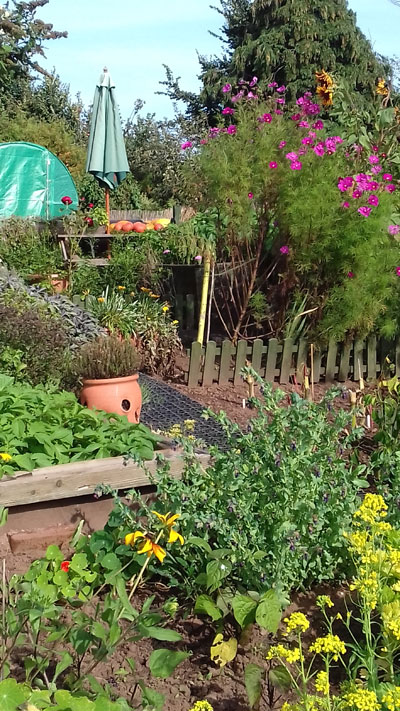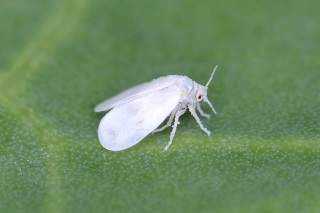 This hot and dry year has meant that slugs and snails and the damage they cause has been far less than usual but there is always something that will enjoy the conditions. It seems that whitefly are the pest of the year and my brassicas are covered in the things, whether they are netted or not. As I walk past them or disturb the plants by picking off the old leaves, clouds of them fly up and settle over the surroundings. They don't kill the plants but they are the very devil to wash off, particularly when they are on kale, as is the sooty mould that goes with them.
This hot and dry year has meant that slugs and snails and the damage they cause has been far less than usual but there is always something that will enjoy the conditions. It seems that whitefly are the pest of the year and my brassicas are covered in the things, whether they are netted or not. As I walk past them or disturb the plants by picking off the old leaves, clouds of them fly up and settle over the surroundings. They don't kill the plants but they are the very devil to wash off, particularly when they are on kale, as is the sooty mould that goes with them.
I have been doing a little research to find out what I can do next year to try and reduce their numbers. Sadly, all the images below come from my very own plot.
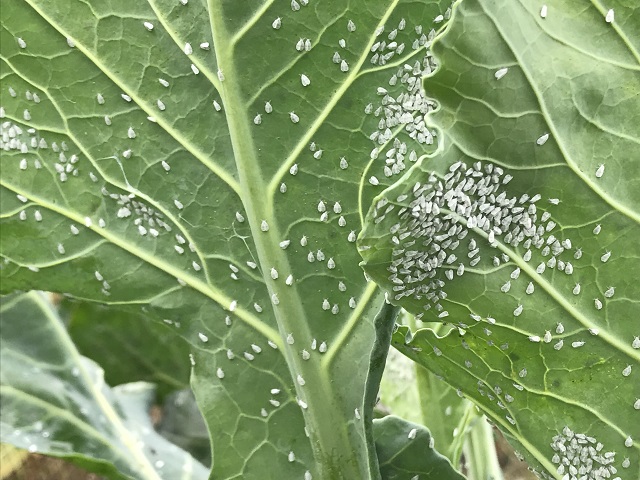 Several things I didn't know about whitefly are that they can survive the winter and breed all year round so we can't just wait for them to die in the cold. They will also settle on other plants and suck their sap.
Several things I didn't know about whitefly are that they can survive the winter and breed all year round so we can't just wait for them to die in the cold. They will also settle on other plants and suck their sap.
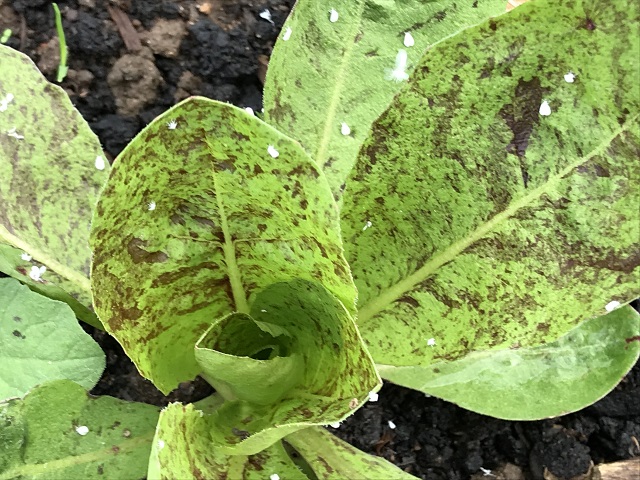
Here they are on my young chicory and they are also on my lettuce, beetroot and flying around the leeks. Although the whitefly don't kill the plants, they do deposit honeydew which attracts a black sooty mould.
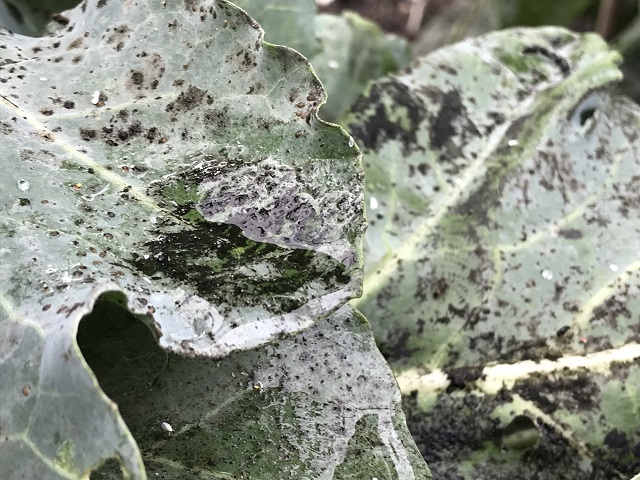
Here it is on my Romanesco cauliflower. This year because there are so many I think they are making the leaves on the plants fall early. I have some red curly kale that has lost all of its lower leaves with only had a few remaining at the top. It looks like I have been picking the leaves but I haven't. The whitefly have sucked the leaves to death!
So, what can we do?
- Prevention is always better than cure. Netting is often recommended as a method of reducing the numbers of whitefly - netting such as enviromesh which is very finely woven. This is obviously a barrier and means that the whitefly can't get through to the plants. This year it hasn't worked as well on my plot. Some must have got in as I was planting the cabbages and sprouts and so they then end up trapped under the fleece.
- I did read that whitefly are attracted to the colour yellow because it looks like new foliage which might explain why some people have been using those old-fashioned yellow sticky tapes. Apparently, you have to disturb the flies and make them fly up to the tape and then they stick on it. This is probably more doable when you first notice them rather than when you have a massive infestation. This method combined with netting may well reduce numbers inside the netting.
- I don't know about this but a mulch of aluminium foil is supposed to make the plants hard to find because of the reflection.
- Remove all the dead leaves and those that are yellowing and then use a strong jet of water to wash the undersides of the leaves. This will remove most including the eggs but you will need to do it every day for a few days. Again, this is best done before the infestation gets too bad. There is also the good old garlic spray where you crush several cloves of garlic in water and then spray onto the undersides of the leaves. I have no idea whether whitefly like garlic or not. It might be worth a try.
- Several people have mentioned using battery operated hoovers to suck them all up. You will need to do this over the course of several days and to have netting over the plants otherwise a new lot will just move in. If Ihad one of these hoovers, I might just try it although I don't know what sort of mess they will make inside the hoover.
- And of course there is nature. Next year may well bring about conditions that cause a predator to increase in numbers. Ladybirds and lacewings do eat whitefly but I don't know if you have seen any ladybirds this year. I have only seen one or two. At this time of year there are of course spiders and their webs but the numbers caught are insufficient to make a dent in the swarms.
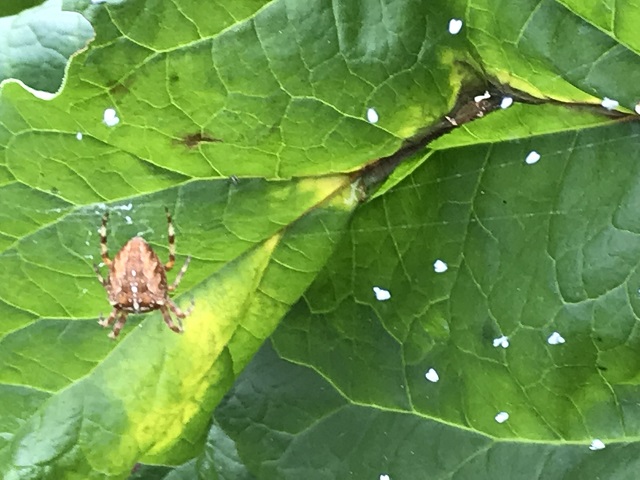
The spider doesn't really seem that interested in them.
Do you have a mass of whitefly? How do you control/reduce them?
